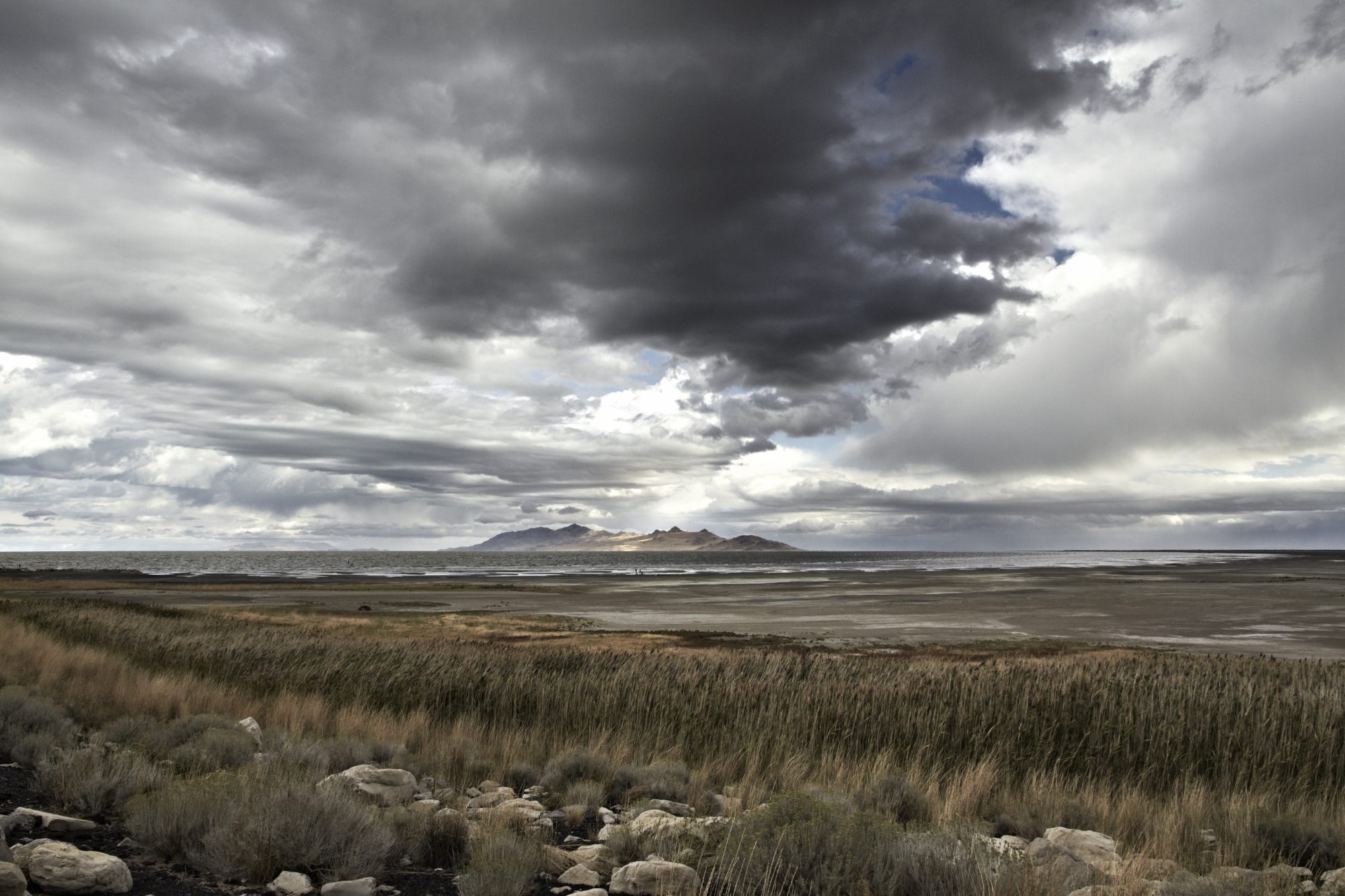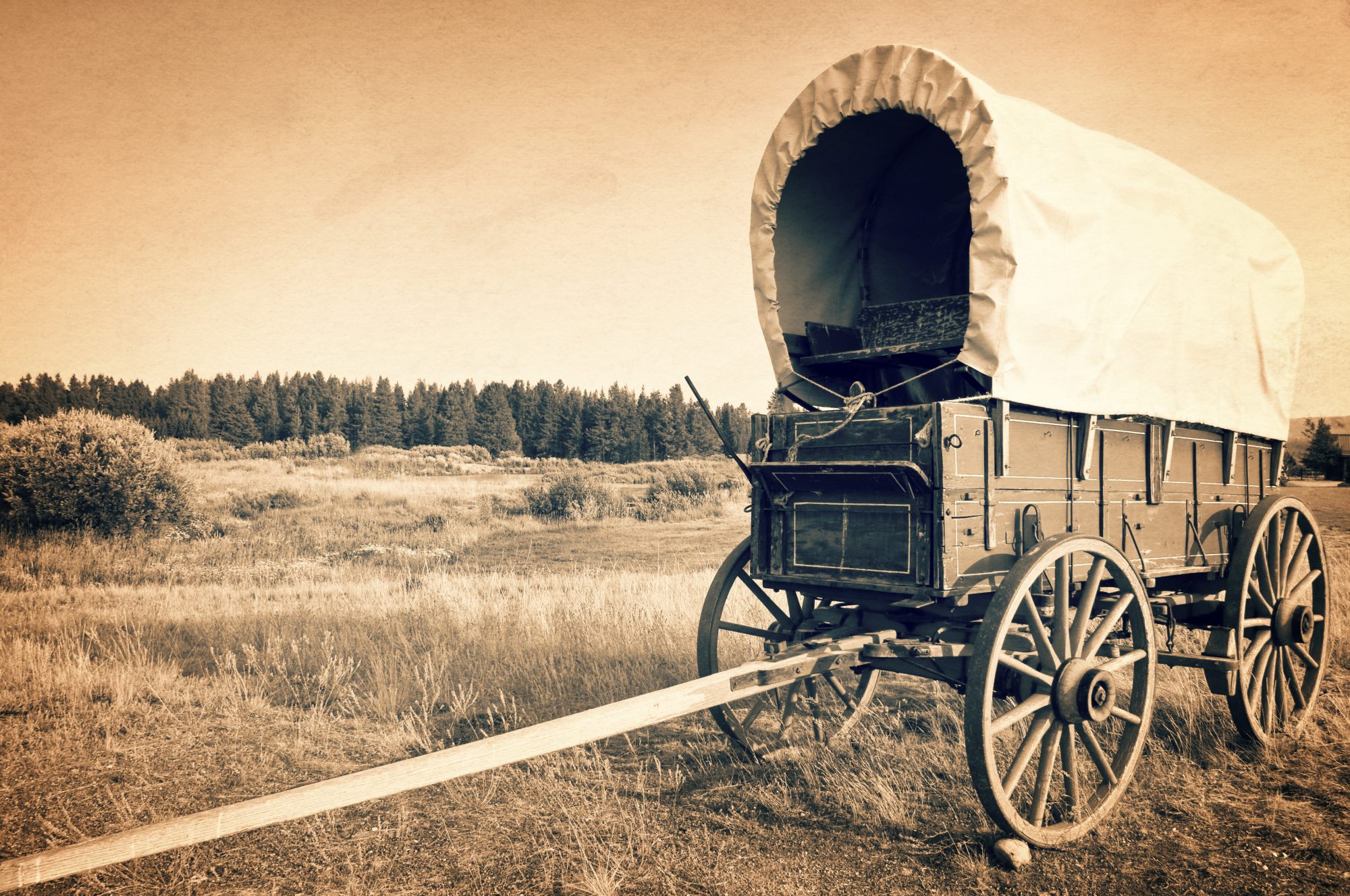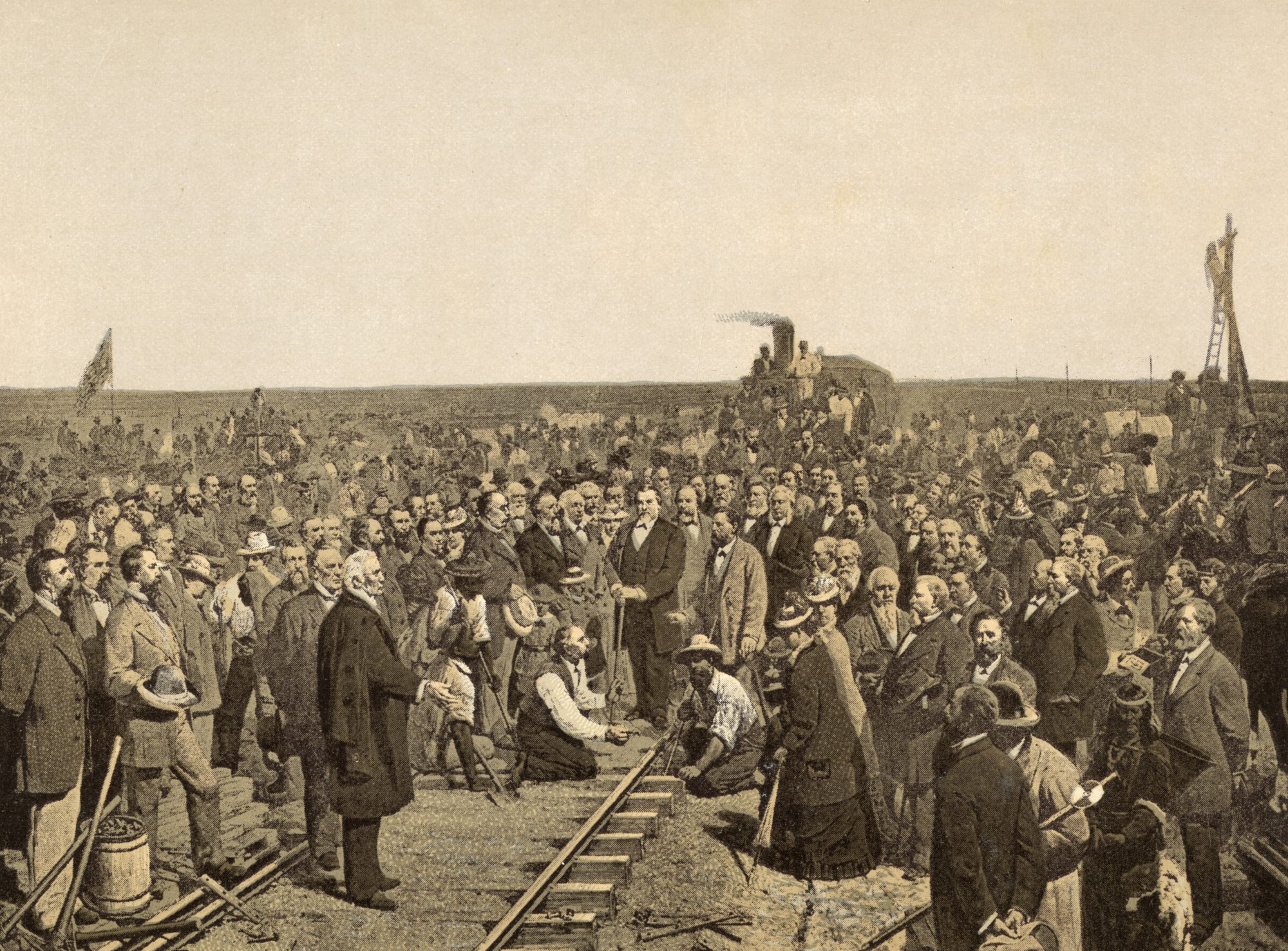A Basic History
The region, known today as Davis, was frequented by the Shoshone people before the presence of any anglo people. Members of the Church of Jesus Christ of Latter-day Saints chose Davis as one of the first areas they settled due to its lush pastures, fertile soil from the benches and streams flowing down from the Wasatch Mountains. Davis was slow to grow after its inception and even with improved transportation, many left to find work in Ogden and Salt Lake City.
The Utah Central Railroad (now the Union Pacific) crossed the county from Ogden to Salt Lake City, bringing better transportation, mechanized agriculture, new water systems, electricity for homes as well as surges in commerce, banking and local business. It wasn’t until World War II when Hill Air Force Base was introduced that Davis began to see rapid growth with the increase in employment opportunities beyond farming. Since the 1950s, Davis has seen its population nearly double about every 20 years and it is estimated by 2030 to be home to approximately 390,000.




